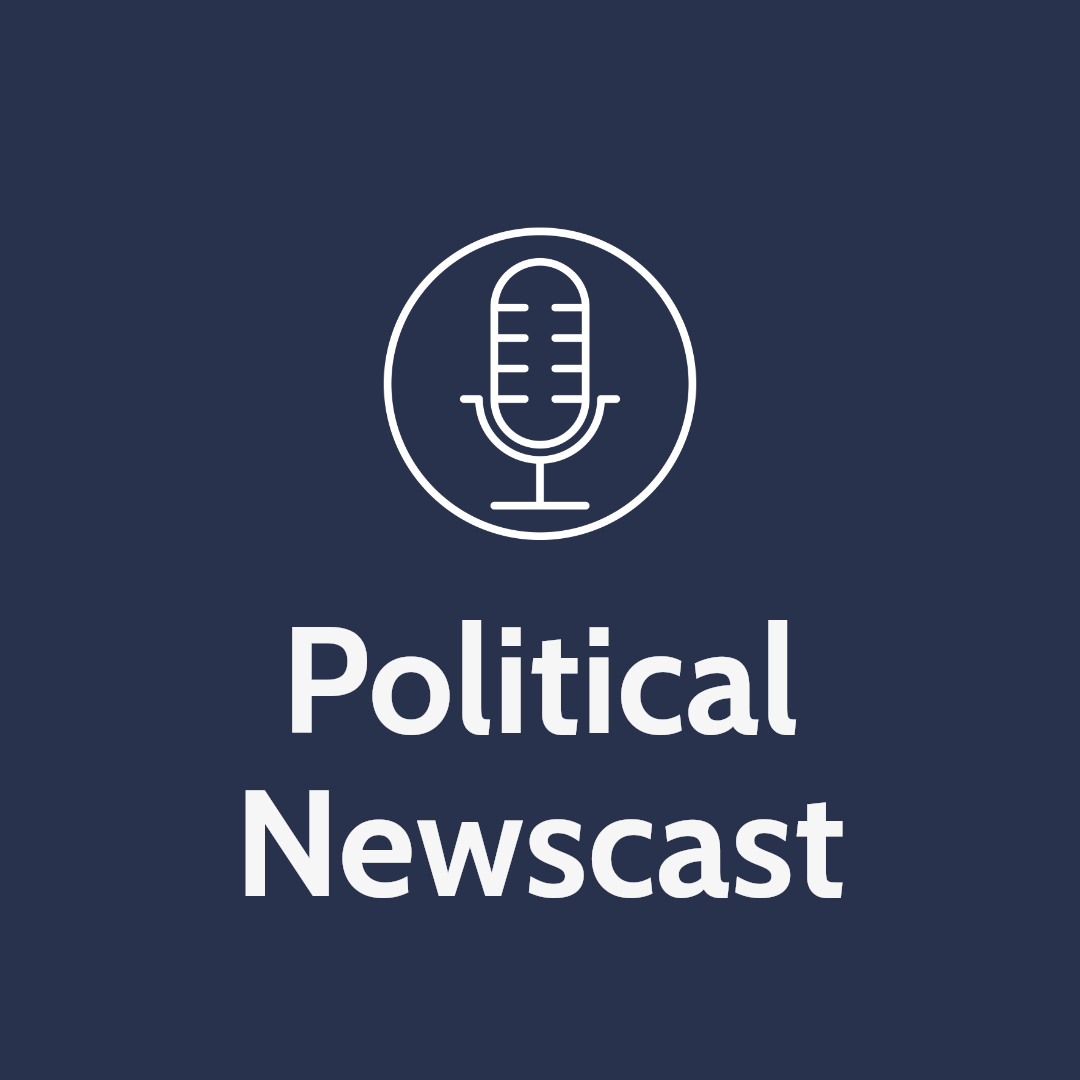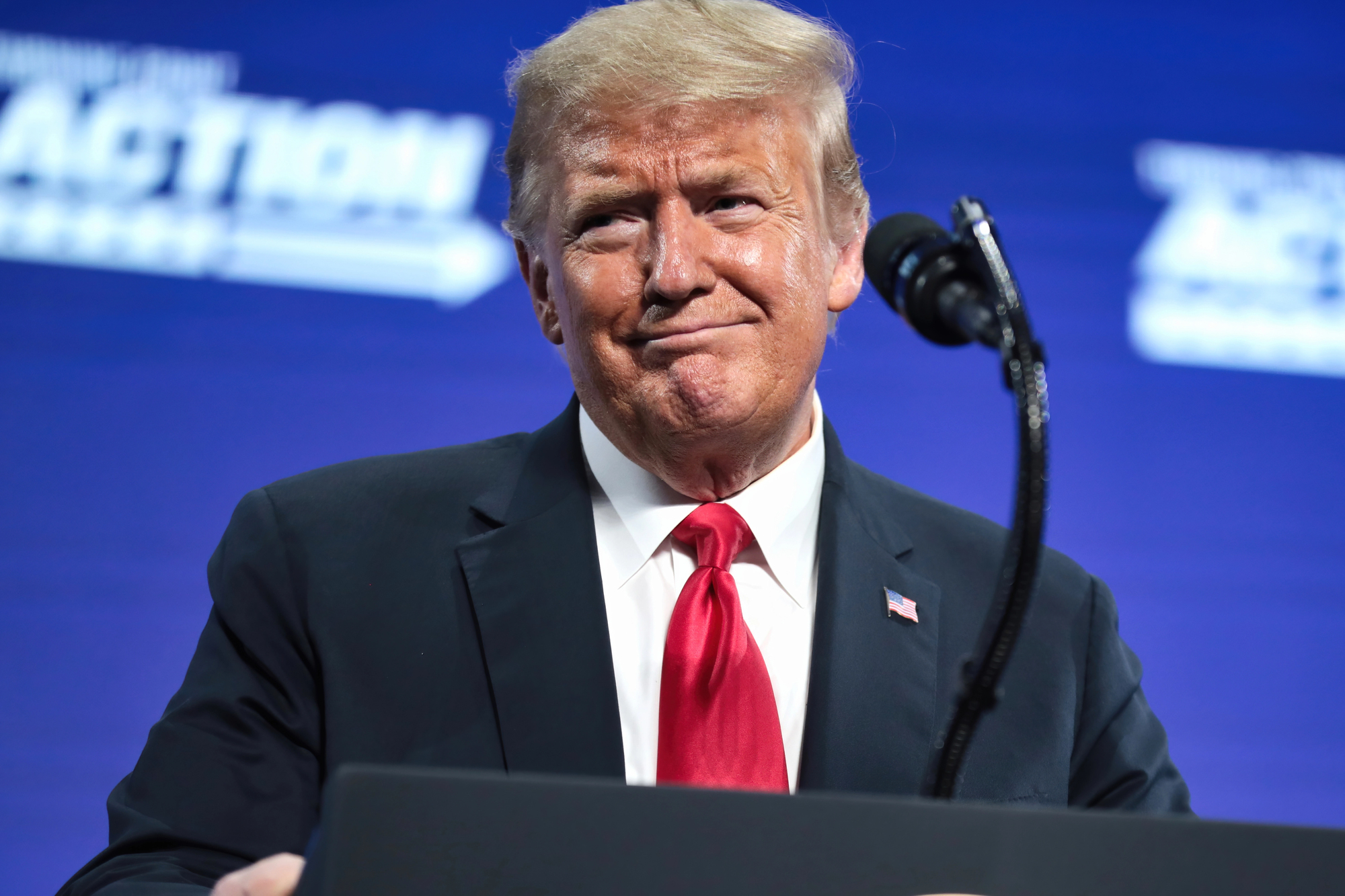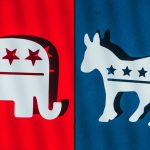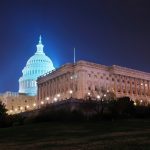- Manufacturing costs spike as firms absorb $55 billion in tariffs
- Middle-market businesses brace for rising input costs across sectors
- China trade deal remains unresolved despite 90-day extension
President Donald Trump’s aggressive tariff push, designed to pressure China and promote American manufacturing, is now placing its greatest strain on the very sector it was meant to protect.
When Trump launched his tariff agenda in April, he promised “liberation” from unfair trade practices. But the reality for American manufacturers has been stark. As part of the trade war escalation, the United States imposed tariffs as high as 150% on Chinese imports, sparking concern across industries and exposing structural vulnerabilities.
A new report shows U.S. manufacturing is bearing the brunt of these tariffs, particularly in politically sensitive sectors such as vehicle production. “Manufacturing industries will face increased input costs imposed by the very tariff regime intended to boost their competitiveness,” said study author Christopher Bangert-Drowns. According to the analysis, 19 of the 25 most vulnerable U.S. economic subsectors are in manufacturing, with most facing cost hikes of between 2% and 4.5%.
That matters because nearly 13 million Americans work in manufacturing—about one in 10 U.S. workers. The pain is felt most acutely in Midwestern states like Wisconsin, Indiana, and Minnesota, where between 15% and 20% of jobs are in tariff-exposed industries.
Middle-market companies, typically defined as businesses with revenues between $10 million and $1 billion, import 21% of their goods from China and employ a third of the U.S. private workforce. JPMorgan analysts say these firms are particularly at risk if tariff relief is not secured soon.
While some hoped tariffs would be “reciprocal,” the result has been a growing financial strain. Importers have already paid more than $55 billion in extra costs this year. So far, they have absorbed the charges, but analysts warn that consumers will ultimately face higher prices as firms begin passing on the burden.
Even with public support early on—72% of respondents in a Bloomberg-Harris survey voiced concern about tariffs, but blamed businesses over policymakers—economic data is flashing red. The U.S. economy shrank by 0.2% in the first quarter of 2025, reversing from 2.4% growth the previous quarter, according to the Bureau of Economic Analysis. The drop was attributed to businesses racing to import goods ahead of the tariffs and slowing consumer spending.
While deals have been reached with Japan and the European Union, China remains the largest unresolved front in the trade war. A 90-day extension to continue negotiations was recently granted, but the outcome remains uncertain.
“The high tariff costs could put pressure on many workers and their families in these politically important states,” warned Bangert-Drowns. That pressure could have electoral consequences, especially in battleground regions where slim margins have decided recent elections.





